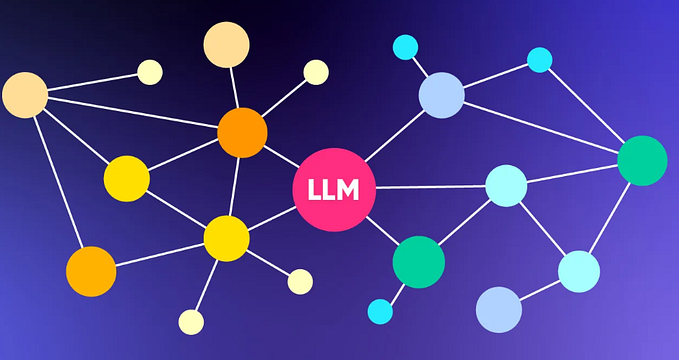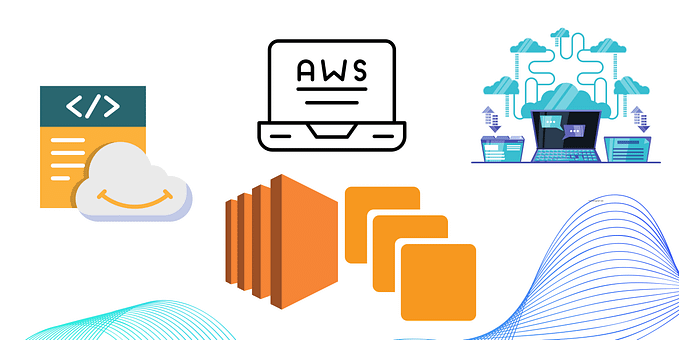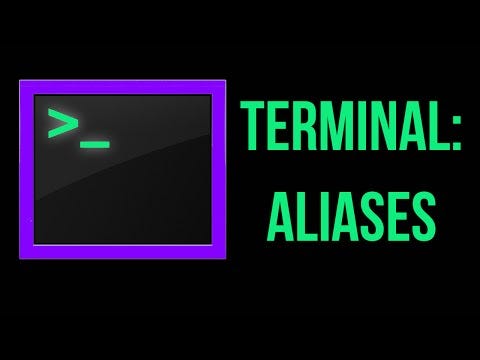Member-only story
Deploying Flask Applications in Microsoft Azure Cloud with Confidence

When serving machine learning models within an organization, you might face potential questions, like
- How to efficiently provide your model to others in your company?
- How to design security features in order that your model is only available within your company (or specific departments)?
- How to maintain and continuously adjust the application?
In the following article, I will walk you through the process of sustainably deploying a Flask web application via the Microsoft Azure Cloud and securing it with Azure Active Directory Authentication.
Although building high-quality machine learning models is a significant accomplishment, sharing them with colleagues can often present its own set of obstacles. While lightweight frameworks like Streamlit can be helpful in the early stages of sharing, they may have limitations in terms of customization, organizational app deployment, and security and privacy assurance, particularly if personal or organizational data is involved. A potential solution to these challenges is to embed the model in your company’s internal cloud environment, which can provide greater control and integration with other applications in your technology stack.
Thus, the goal of this article is to provide you with a simple guide that hopefully will make future model deployments more easy for you :-)
So, let´s dive into this guide!
Quick discussion: Build your Web Application
Python-based web frameworks come in various forms and can be utilized to integrate your machine learning model into a web application, allowing others to access the value that your model provides.
For this article I will use Flask (https://flask.palletsprojects.com/en/2.2.x/). Flask is a lightweight web framework that is well-suited for building simple web applications. Using Flask, you can create a straightforward web interface that allows others to interact with your machine learning models without requiring them to install any additional software or libraries. This can make it much easier to share your models with others, as they can simply access your web application…










